In recent years, the internet has been flooded with so-called "miracle methods" for removing formaldehyde from newly renovated homes. From bamboo charcoal bags to green plants, and from ozone machines to essential oil diffusers, influencers and self-proclaimed experts have promoted countless DIY solutions. Yet, as more scientific studies emerge, a harsh truth becomes apparent: most of these viral formaldehyde removal techniques are nothing more than modern-day snake oil, preying on the fears of homeowners desperate for quick fixes.
The formaldehyde panic is understandable. This colorless, pungent-smelling gas is a well-documented carcinogen that can cause respiratory problems, skin irritation, and even leukemia with prolonged exposure. It seeps from particleboard furniture, laminate flooring, and various construction materials commonly used in modern homes. The anxiety is particularly acute among young parents preparing nurseries or families moving into new apartments. This vulnerability has created a golden opportunity for marketers to push ineffective but emotionally comforting solutions.
Scientific research consistently shows that the majority of popular online formaldehyde removal methods fail to meaningfully reduce indoor air pollution. Take the ubiquitous bamboo charcoal bags first. While activated carbon does adsorb formaldehyde in controlled laboratory conditions, the small quantities used in decorative sachets have negligible impact in real-world environments. Even industrial-scale carbon filtration systems require frequent regeneration through heat treatment to maintain effectiveness - something impossible to achieve with cute fabric bags hanging in your living room.
Houseplants represent another persistent myth. The famous NASA study from 1989, often cited by plant proponents, actually demonstrated that you would need 680 plants in a standard 1,500 square foot home to match the air cleaning capacity of its ventilation system. The study's lead researcher, Dr. Wolverton, later clarified that plants primarily remove volatile organic compounds (VOCs) through soil microorganisms, not the leaves themselves. For formaldehyde specifically, you'd need an impractical jungle of 10-1,000 plants per square meter to compete with proper ventilation.
Perhaps the most dangerous viral trend involves ozone generators. Marketed as "active oxygen" purifiers, these devices intentionally produce ozone - a lung irritant that worsens asthma and reduces lung function. While ozone does react with formaldehyde at high concentrations, the required levels would violate workplace safety standards. The California Air Resources Board warns that ozone generators may create harmful byproducts while providing little formaldehyde reduction. Yet sleek marketing continues to convince homeowners they're buying "industrial-grade" purification.
So what actually works against formaldehyde? Proper ventilation remains the simplest and most effective strategy. Formaldehyde emissions follow predictable decay curves, with most materials releasing the majority of their gas within the first six months. Opening windows creates air exchange that dilutes concentrations far more effectively than any passive removal method. During colder months when opening windows isn't practical, heat recovery ventilators (HRVs) or energy recovery ventilators (ERVs) can maintain fresh air circulation without significant energy loss.
Professional-grade air purifiers with true HEPA filters and substantial activated carbon beds can supplement ventilation. Unlike the decorative units sold by influencers, effective models move large volumes of air through thick carbon layers (typically 5-15 kg) designed for chemical adsorption. Look for units with independently verified Clean Air Delivery Rates (CADR) for formaldehyde removal. These machines represent a significant investment but provide measurable results when properly maintained.
For severe contamination cases, thermal treatment accelerates formaldehyde off-gassing. Since emission rates double with every 8°C temperature increase, carefully heating the space (while ventilating) can purge formaldehyde faster than waiting at room temperature. Some professional remediation companies use this method, combining heat with increased airflow to "bake out" new construction in days rather than months. However, this approach requires professional equipment to avoid damaging materials or creating fire hazards.
The formaldehyde removal industry thrives on misinformation because it sells an emotional product - peace of mind. People want to believe that hanging a few plants or decorative bags makes their home safe, just as previous generations believed in radium-infused health tonics or magnetic healing bracelets. The reality is less glamorous but more effective: time, ventilation, and occasionally professional intervention. As with most health-related concerns, there are no magical shortcuts - only science-tested solutions that require either patience or proper investment.
Regulators face an uphill battle against the influencer-driven misinformation machine. While agencies like the EPA and WHO publish accurate formaldehyde guidelines, their dry reports can't compete with viral TikTok demonstrations of "instant" purification. Consumer education remains the best defense against pseudoscience - understanding that formaldehyde naturally dissipates over time, and that proper methods, while less Instagram-worthy, actually work.
For those moving into new homes, the most practical approach combines measured precautions with realistic expectations. Use certified low-formaldehyde materials when possible, maintain good ventilation for at least six months after renovation, and consider professional air testing if symptoms persist. The companies selling magic solutions won't tell you this, but sometimes the most effective remedy is simply waiting it out - with windows open.

By /Jun 14, 2025

By /Jun 13, 2025
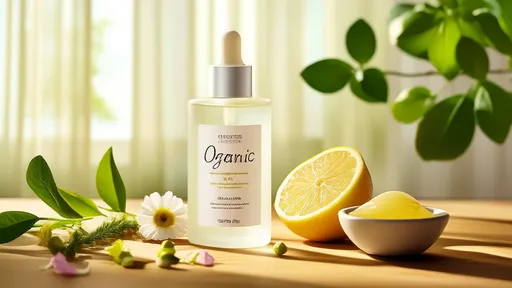
By /Jun 13, 2025
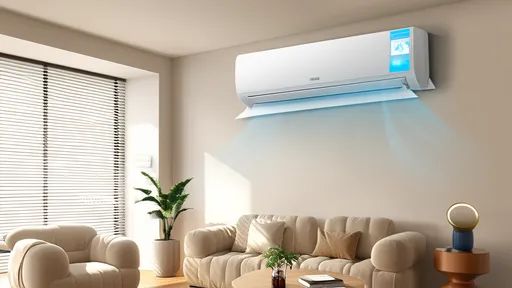
By /Jun 13, 2025
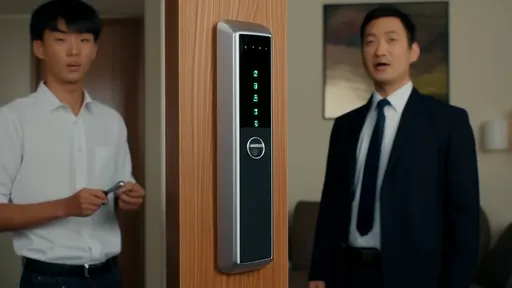
By /Jun 13, 2025

By /Jun 13, 2025

By /Jun 13, 2025

By /Jun 13, 2025
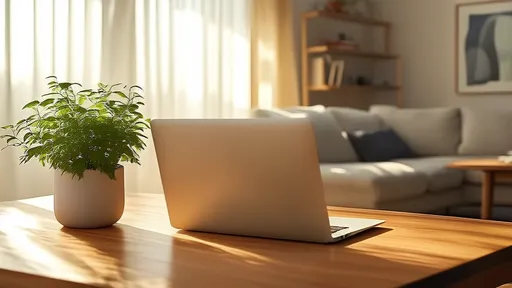
By /Jun 13, 2025
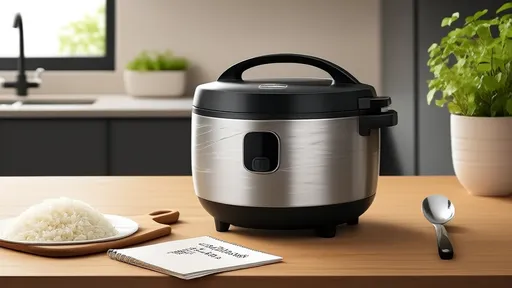
By /Jun 13, 2025
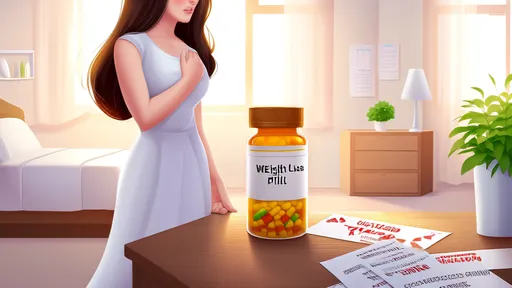
By /Jun 13, 2025

By /Jun 13, 2025

By /Jun 13, 2025
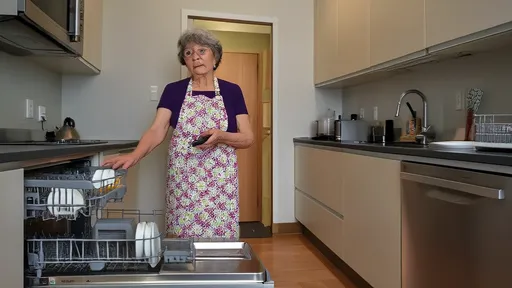
By /Jun 13, 2025

By /Jun 13, 2025

By /Jun 13, 2025
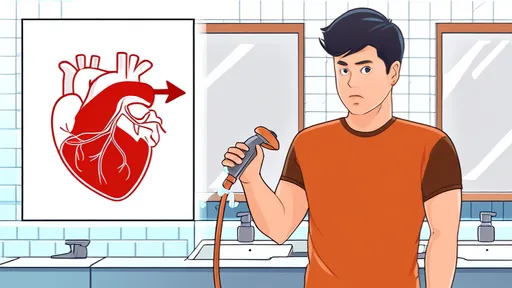
By /Jun 13, 2025
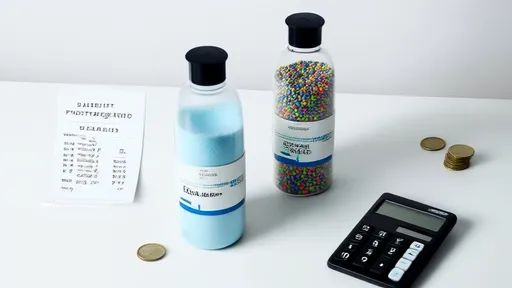
By /Jun 13, 2025

By /Jun 13, 2025
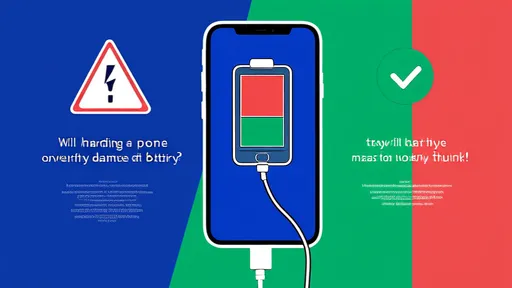
By /Jun 13, 2025